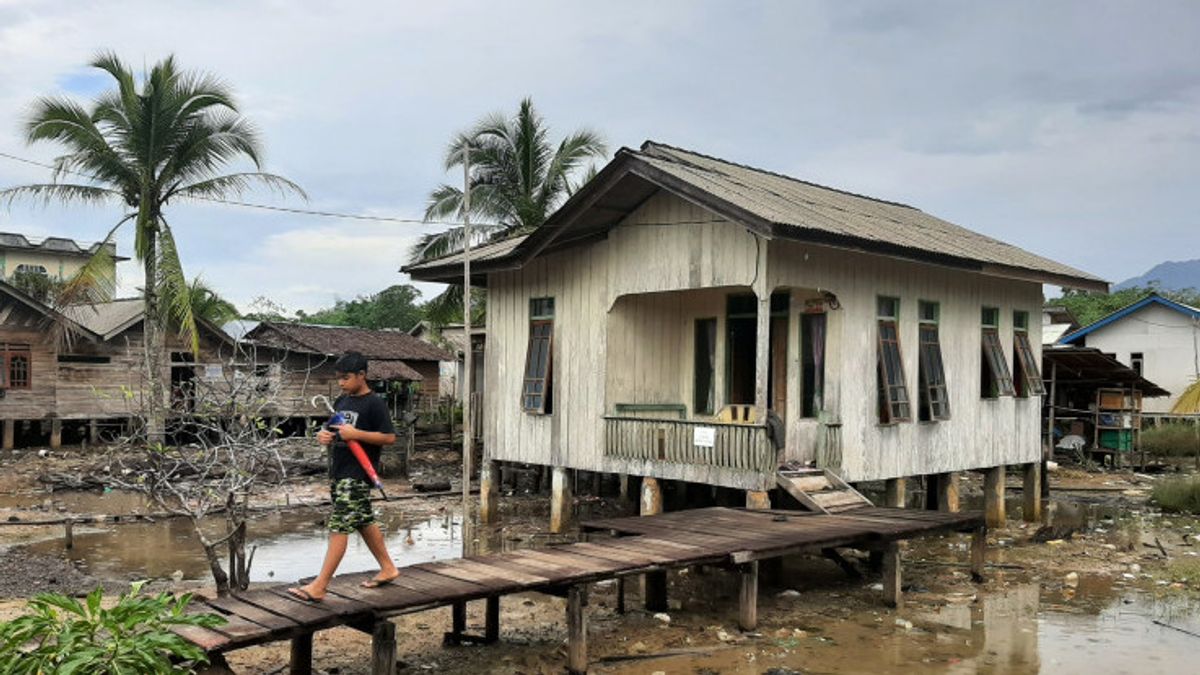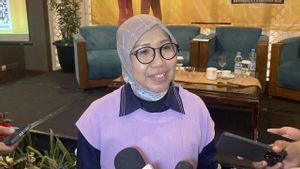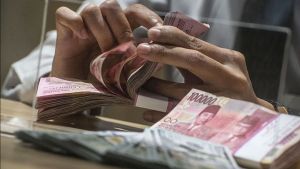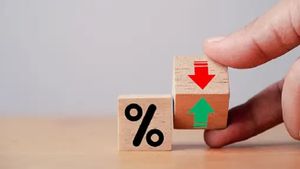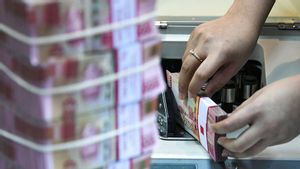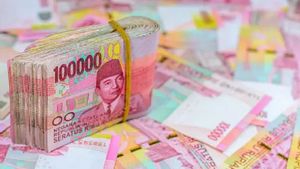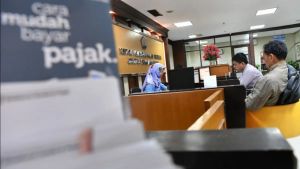JAKARTA - The Central Statistics Agency (BPS) of Riau Islands Province said the number of poor people in the area rose by 6.12 percent or 1,852 people, from 142,611 people in September 2020 to 144,462 people in March 2021.
"When compared to March 2020, the number of poor people increased by 12,497 people," said Head of the Riau Islands Province BPS Agus Sudibyo in Tanjungpinang, quoted from Antara, Friday, July 16.
Based on the area of residence, Agus said, in the period March 2020-March 2021, the number of poor people in urban areas increased from 108,859 people to 124,896 people, while rural areas decreased from 23,107 people to 19,566 people.
"The percentage of poverty in urban areas rose from 5.42 percent to 5.72 percent. Meanwhile in rural areas there was an increase from 10.43 percent to 11.10 percent," he said.
He explained that the trigger for the increase in the number of poor people in the area was because in the range from September 2020 to March 2021 there was an increase in the price of basic necessities or inflation.
According to him, inflation is also closely related to poverty, the higher the inflation, the income of workers with fixed salaries will be eroded in value.
"For example, in the past, you could buy 1 kilogram of rice for 50 thousand rupiah, with inflation of 50 thousand you could only buy less than a kilo. If the calorie intake is less, then someone will be close to the poverty line," said Agus.
Agus said the contribution of the food poverty line to the poverty line in March 2021 was 66.82 percent. During the September 2020-March 2021 period, he continued, the poverty line rose by 4.03 percent, from Rp. 617,532 per capita per month in September 2020 to Rp. 642,425 per capita per month in March 2021.
Meanwhile, in the March 2020-March 2021 period, the Poverty line rose by 4.51 percent, from Rp. 614,727 per capita per month in March 2020 to Rp. 642,425 per capita per month in March 2021.
The food commodity that contributed the most to the poverty line in March 2021 in urban areas was rice, which was 15.17 percent, bigger than the contribution of filter kretek cigarettes which was 10.44 percent. Broiler meat provides the third largest contribution to the poverty line, which is 5.41 percent.
Meanwhile for rural areas, filtered rice and kretek cigarettes contributed the most to the poverty line at 20.11 percent and 10.62 percent, respectively. The non-food commodities that make the largest contribution to both the urban and rural poverty lines are housing, electricity, and gasoline.
"The problem of poverty is not just the number and percentage of poor people, but another dimension that needs to be considered is the level of depth and severity of poverty. Besides being able to reduce the number of poor people, poverty policies must also reduce the depth and severity of poverty," he said.
Agus further stated that in the period September 2020-March 2021, the Poverty Depth Index and Poverty Severity Index decreased.
The Poverty Depth Index in September 2020 was 1.213 and in March 2021 it decreased to 1.070. Likewise, the Poverty Severity Index fell from 0.423 to 0.280 in the same period.
"Meanwhile, when viewed in the previous period, namely March 2020-March 2021, the Poverty Depth Index and Poverty Severity Index in general have also decreased, although P2 in urban areas has increased," said Agus.
The English, Chinese, Japanese, Arabic, and French versions are automatically generated by the AI. So there may still be inaccuracies in translating, please always see Indonesian as our main language. (system supported by DigitalSiber.id)
